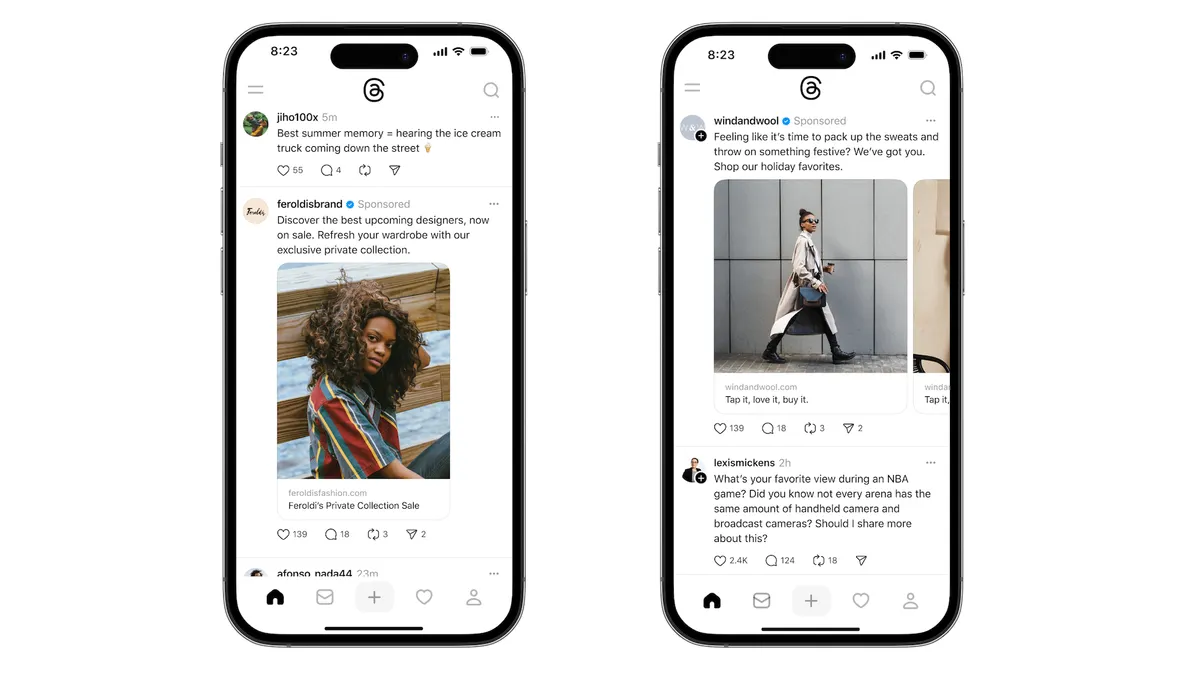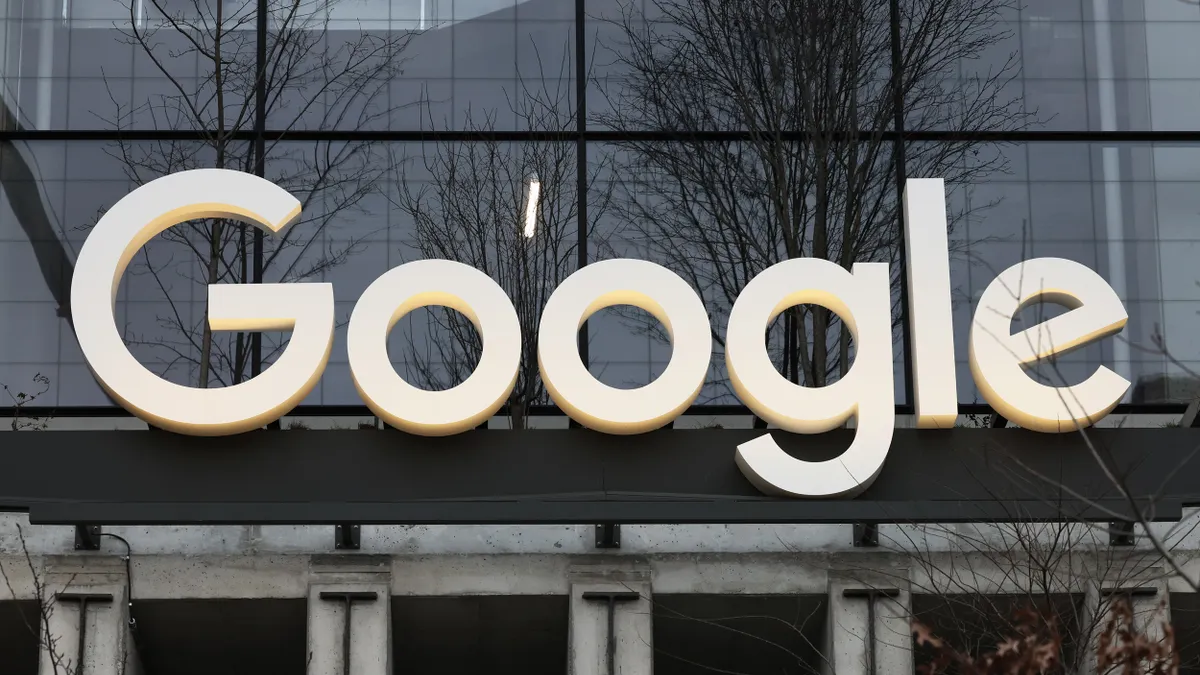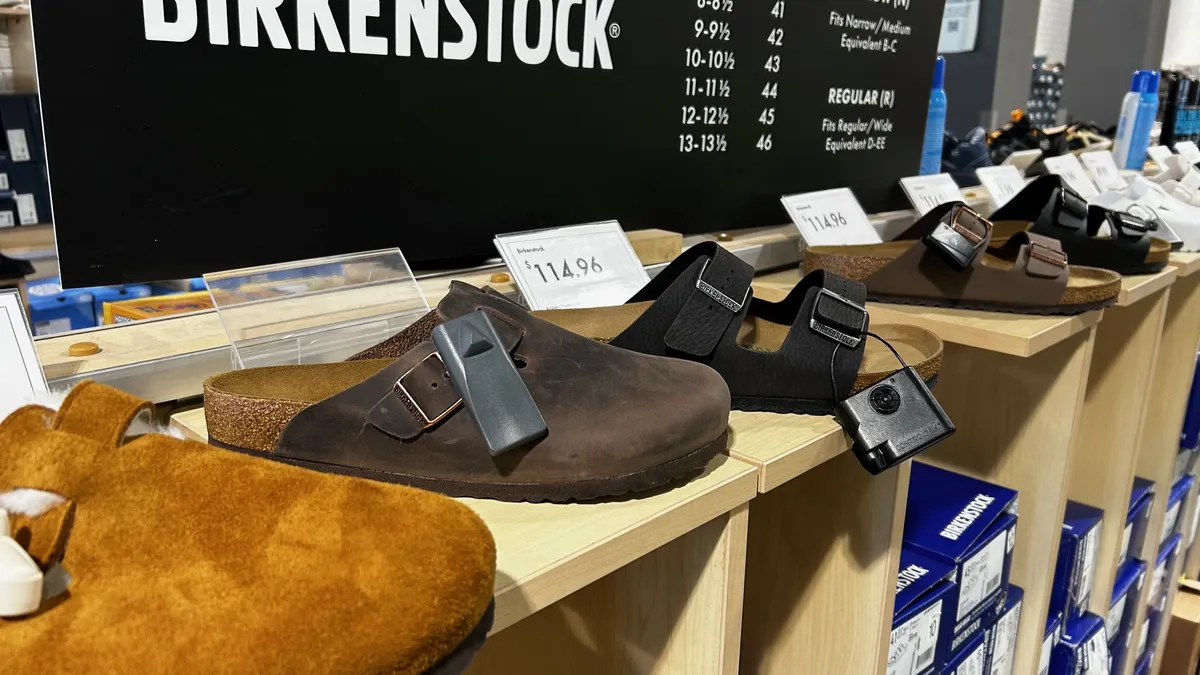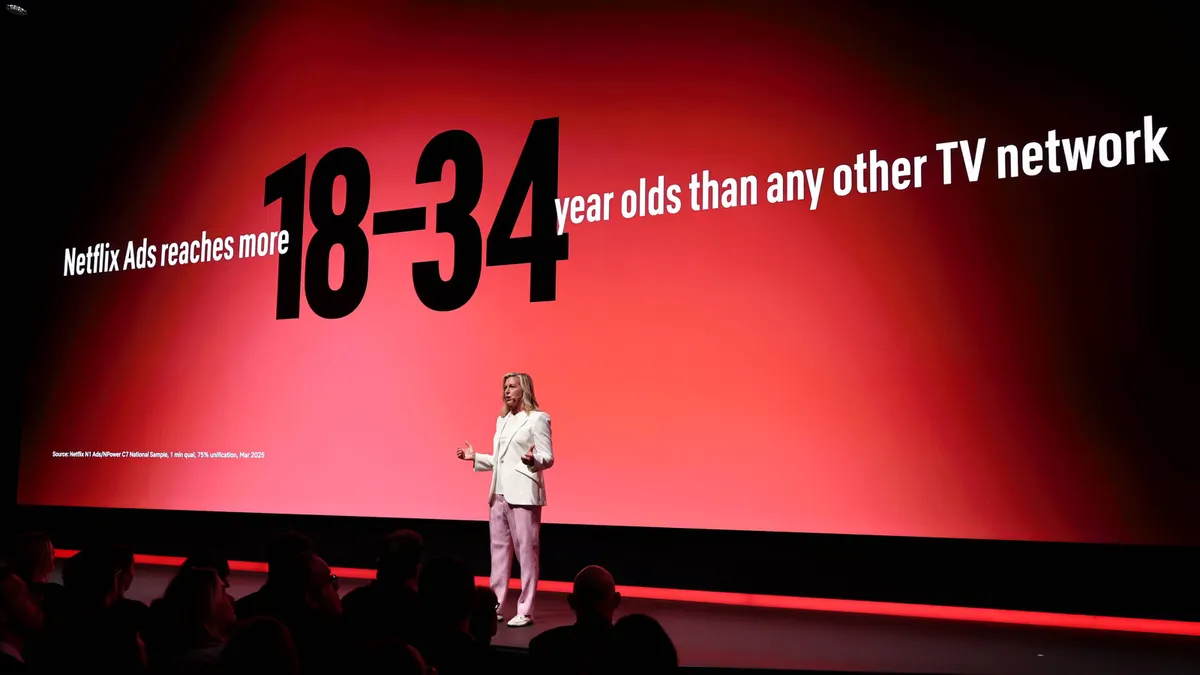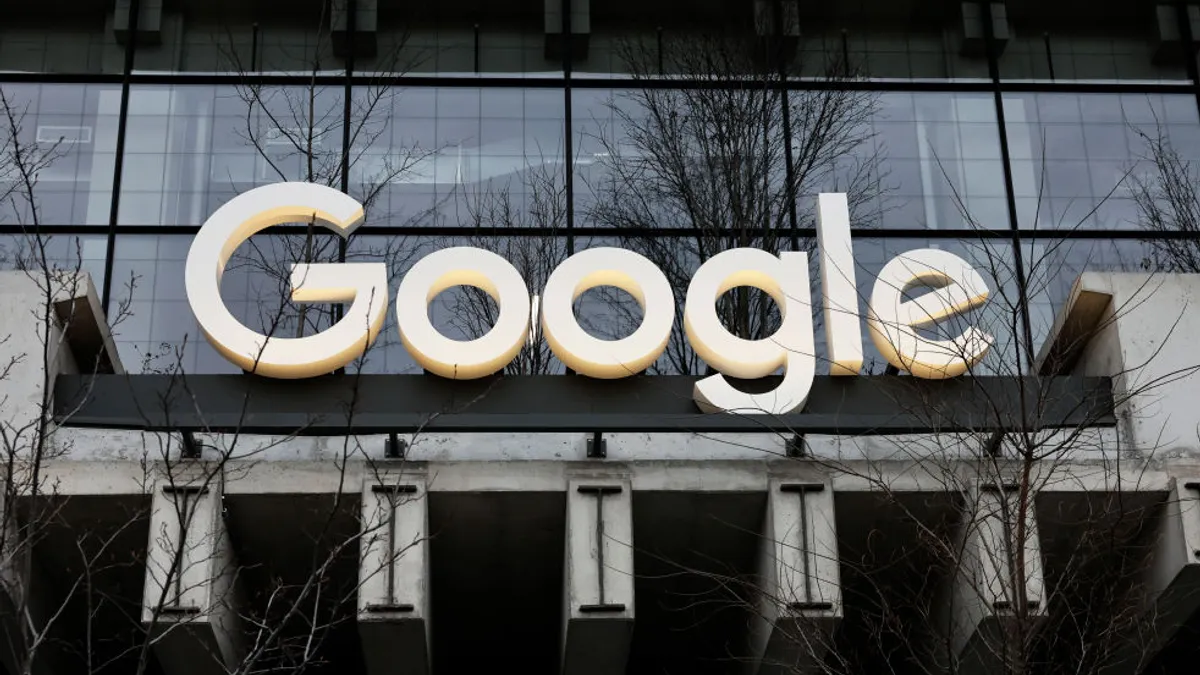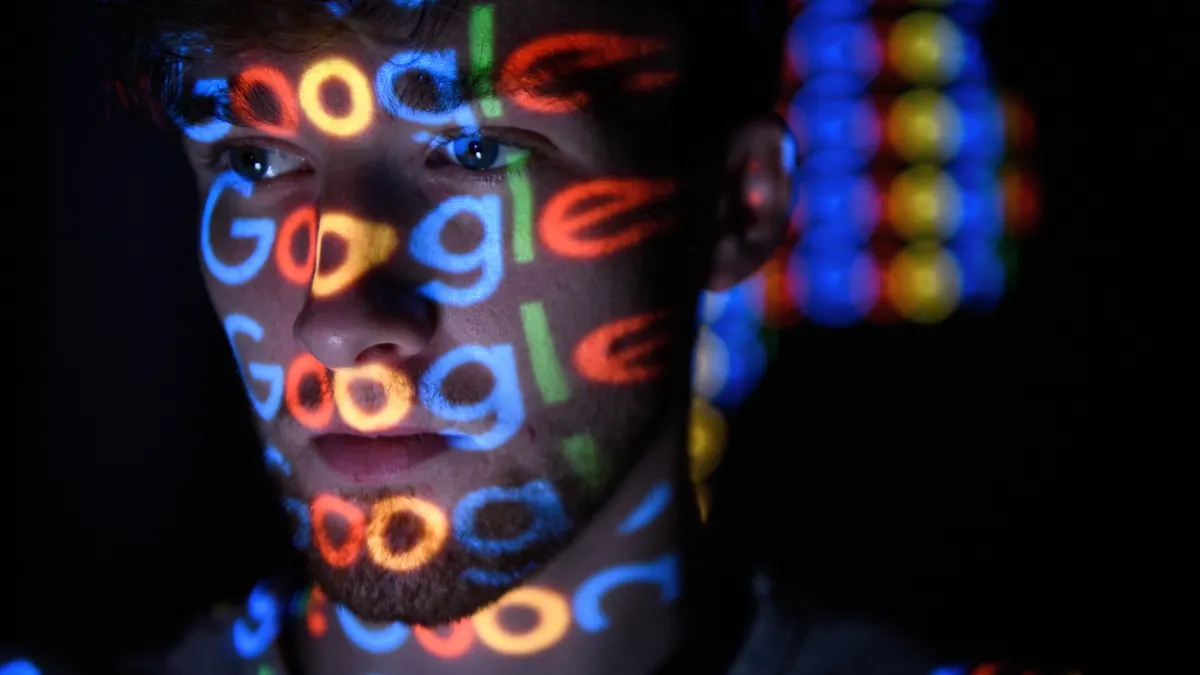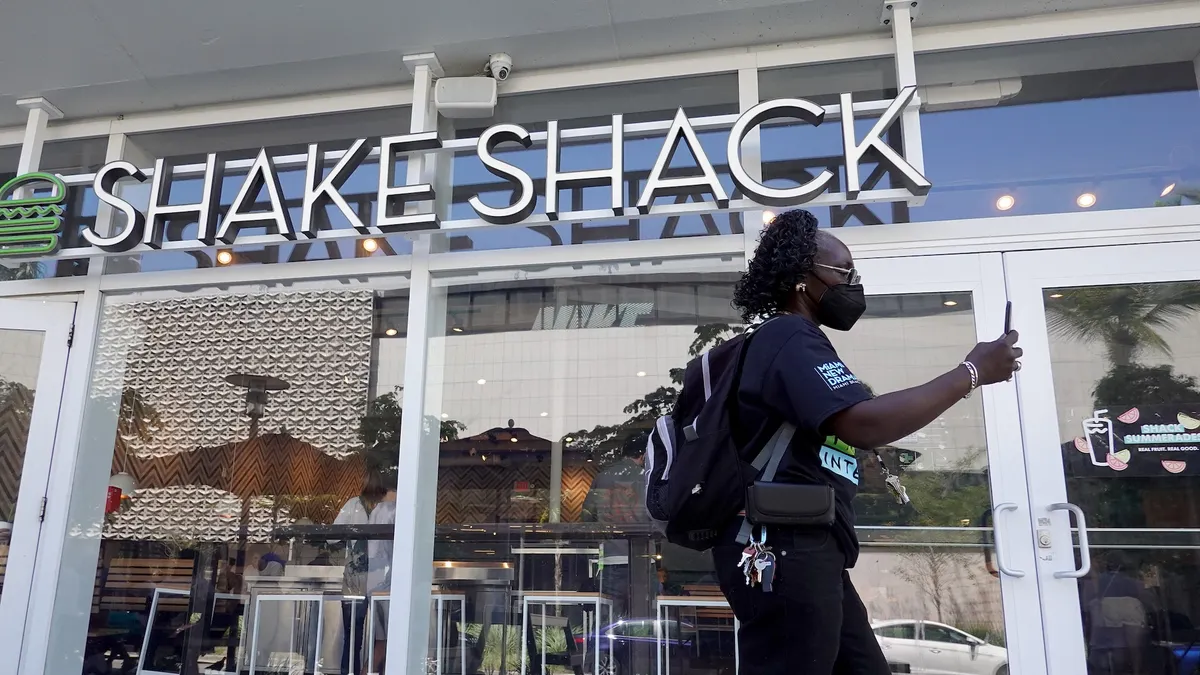One the biggest splashes in marketing technology this year was the true arrival of two long-promised formats — augmented and virtual reality.
AR, for its part, found an unexpected hype machine in the viral mobile game Pokemon Go this summer. The Nintendo/Niantic app — which recently announced its first U.S. brand partners in Sprint and Starbucks — was the first augmented reality venture to capture the attentions of the public and marketers alike, providing the latter with a blueprint on how the technology can bridge the on- and offline mobile experience.
Virtual reality, which has seemingly crept “right around the corner” for years, finally showed in 2016 that it's ready to push past niche spaces like gaming. Big tech leaders like Google and Facebook have been ramping up VR/AR R&D and acquisitions, along with opening up more tools for developers. Judging by holiday ads this season, many other players are also excited about the accelerated mainstream adoption of the technology.
On that front, Juniper Research released a study in October that forecasts spend on VR hardware could crack $50 billion by 2021, and reports from the International Data Corporation suggest VR devices will ship up to 61 million units by 2020. As hardware ends up in consumer hands at a faster rate than ever, marketers should consider 2017 as the testing grounds for new heights that can be reached via AR/VR.
“In a world where the average attention span is only eight seconds — shorter than that of a goldfish — augmented reality and virtual reality offer another way for marketers to capture and hold attention,” said Jim Cridlin, managing director of digital strategy for WPP’s Mindshare North America. “It’s opening up a whole new canvas for storytelling and brand exploration.”
A new era for storytelling
In terms of immersive brand experiences, AR and VR, in particular, have shown they're tough to beat when done right. A joint study from Nielsen and YuMe from November that presented a campaign across three formats — traditional 2-D, flat 360-degree video and true VR —found VR prompted a 27% higher reaction in users and kept them engaged for 34% longer.
“[T]hese new formats, while more challenging, offer the opportunity to be more visceral and emotional,” Jon Haber, co-founder of Giant Spoon, told Marketing Dive. “Studies are already showing that VR around cause-related content is able to elicit more empathy in viewers. This is critical for marketing today because brands are leaning into genuine emotion in their content.”
Many of the headwinds brands will face in developing AR/VR content stem from the technology's steep learning curve and having to keep up with rapidly increased adoption, experts say.
“Looking back, mobile at one point caught brands off guard in how quickly things progressed. In many ways, people are still playing catch-up,” said Campbell Foster, director of product marketing at Adobe Primetime. "With VR and AR, it will be critical for marketers to begin thinking about monetization and quality-of-experience from the onset."
What’s most important in that regard is for marketers to approach VR and AR as the new formats they are rather than rely on what's already familiar from desktop and mobile. One of mobile’s biggest stumbling blocks was marketers porting over the desktop experience rather than thinking of content that was built from the ground up for mobile. Providing an example of how VR might be deployed in more novel ways, Foster pointed to potential real-world integrations.
“Imagine the possibilities to connect with a sports enthusiast sitting in a stadium. Everything from what’s on their seat to stadium displays can be tapped into," he said. "The big challenge is for marketers to exercise creativity in ways that users will accept. On desktop and mobile, we know that ads are less annoying if they are made relevant to the receiver, for instance.”
Adobe Digital Insights data shows that VR devices like Oculus, PlayStation VR and HTC Vive are among some of the most desired holiday gifts this year. Newer, mobile-ready offerings, including Google's Daydream View headset, have also been top of mind for many brands, with Google inking deals with the NFL to produce Daydream documentaries heading into next year.
“Although still in the early stages for marketers, those who take the lessons of past booms such as mobile and TV [...] and begin building the foundation for great experiences that are properly monetized will be the ones to reap the most benefits in the end,” Foster said.
The right fit
No amount of media hype and bleeding edge appeal matter, however, if AR/VR doesn't naturally fit within a brand's overall message and approach.
“Exploration of new technologies such as AR/VR needs to be undertaken with a strong line of sight to brand strategy," said Cridlin. "Otherwise marketers end up with 'random acts of digital' that are confusing to consumers, disconnected from business objectives and waste time and resources to create and produce.”
Marketers will need to seriously examine the immersive space going forward to gauge whether content created in these mediums fits their needs at all, according to Rob Holzer, CEO of Matter Unlimited. In the short term, 360-degree video, a VR-ready format that often doesn't require a headset, might add reach and appeal for more marketers at the moment as full-fledged VR distribution isn’t quite there yet.
“When it comes to creating a very impactful experiential moment, VR and AR work extremely well, but marketers have to be sure that the content they create is compelling enough to fascinate and inspire the audience,” Holzer said. “Stories need to be well thought out, specifically for the VR medium, which is very different from the traditional film experience.”
One notable issue that arose this year is quality, with Holzer seeing “a ton of bad VR coming from the brand world.” But some substandard content might be expected from storytelling mediums as young as AR/VR, and Holzer added that marketers who are willing to dive in and tackle them head-on are brave.
“We’re bullish on AR/VR in the long term — the success of Pokemon Go this past summer shows consumers are too — so it’s imperative that brands begin experimenting now to learn what works and what doesn’t," said Cridlin. "The nature of storytelling is changing and the brands that ignore that do so at their own peril.”
Looking toward 2017, content will only improve as brands better figure out their strategy, with Holzer noting that AR, in particular, is already producing "fantastic creative work" with “tremendous potential.”
“'[T]hat will only grow next year as budgets shift more into experiential,” he added.
VR seems to have overtaken much of the media conversation as early AR stars like Pokemon Go have faded in 2016's back half, but augmented reality might represent a longer-term opportunity, with the IDC forecasting AR headset shipments to reach 15 million by 2020. AR holds a potentially larger consumer appeal than VR because it can be “more accessible, used in more places, integrated with more daily activities and provide real value through experiences," per Giant Spoon's Haber.
"AR may just be on track to create a shift in computing significant enough to rival the smartphone," said Jitesh Ubrani, senior research analyst for IDC Mobile Device Trackers, in a statement. "However, the technology is still in its infancy and has a long runway ahead before reaching mass adoption."
Rising challenges, new horizons
If the current state of digital marketing has taught brands anything, it's that crafting a genuinely affecting linear narrative that has real reach is more difficult than ever, especially with the growth of technologies like ad blockers.
"Now more than ever we have to start with the audience," said Haber. "We need to think about what moves them emotionally."
AR and VR have shown they have immense emotional and engagement potential, but also bring more complexity to the table on the creative end, in many cases requiring “open world” environments with non-linear stories that demand to be modular, interactive and presented in three dimensions and with 360-degree views.
Another issue likely to arise is scalability of distribution, particularly on the VR side, which requires hardware that ranges from simple cardboard cutouts to immensely complex headsets.
“VR scale is limited by the number of goggles on faces and the outlets that distribute those goggles, while AR is more accessible through any smartphone," said Haber. "[VR] will become more advanced with additional hardware but for now, there is distribution [...] Nobody is leaning in, making something really special and then committing real media dollars to bring in users — yet."
But problems with hardware scalability might be resolved as early as 2017, per Haber, especially given the new pushes from Facebook, Google, HTC and Sony. An influx of hardware might ensure a sort of critical mass on the market that would inevitably increase demand for experiences that stretch beyond established niches like gaming.
That increased demand for more expansive, eclectic creative might ultimately prove to be a boon for the ad industry, per Cridlin. Marketers will always be seeking out campaigns and advertising avenues that have “never been done before,” and the horizons for VR/AR now appear vast as more tech players create affordable devices and accessible developer resources.
“Even if these technologies fail to gain the level of consumer attention we think they might, brands need to experiment to stay relevant and learn," Cridlin said. "If it’s not AR/VR, then it’s going to be something else and the brands that developed the ‘muscle memory’ of experimentation and exploration will be the brands that succeed.”






